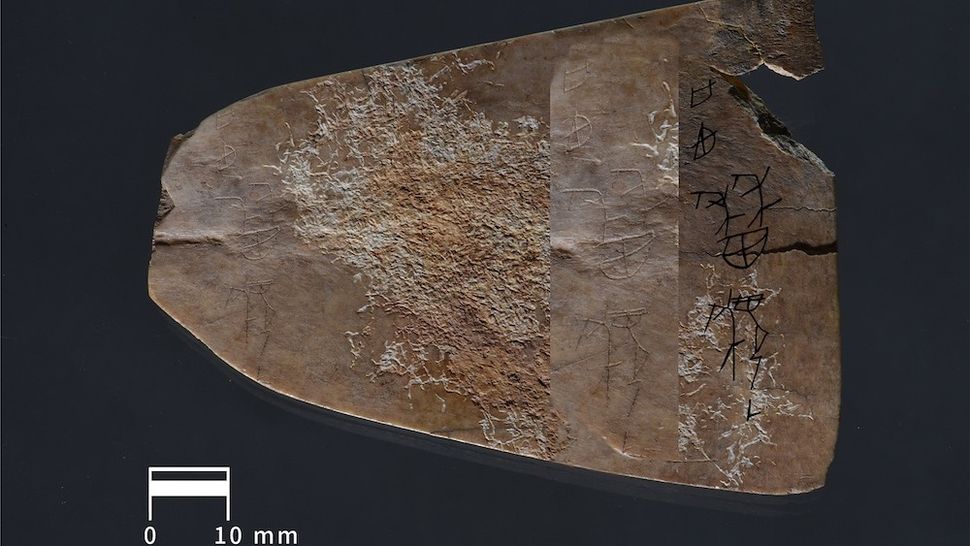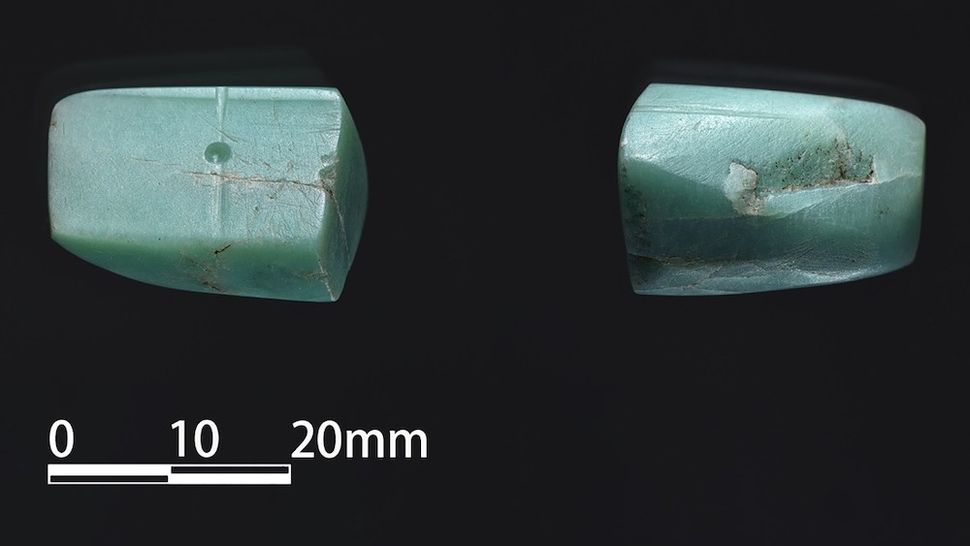Sacrificial pits discovered in a Bronze Age city in China
- November 1, 2023
- 0
Archaeologists in China have discovered the ruins of a walled Bronze Age city that was once home to a palace, moat, cemeteries, sacrificial pits, pottery workshops and a
Archaeologists in China have discovered the ruins of a walled Bronze Age city that was once home to a palace, moat, cemeteries, sacrificial pits, pottery workshops and a

Archaeologists in China have discovered the ruins of a walled Bronze Age city that was once home to a palace, moat, cemeteries, sacrificial pits, pottery workshops and a bronze foundry.
An ancient city known as Yaoheyuan was located at the foot of the Liupan Mountains in northwestern China. It was once a prominent political and cultural center during the Western Zhou period, a historical period in Chinese history that lasted from 1045 BC. to 771 B.C. during the Zhou Dynasty, according to a study published Aug. 3 in the journal Antiquity.
Although there are other Bronze Age sites in this part of the country, archaeologists think Yaoheyuan was likely the regional center of the period, based on the breadth and diversity of structures unearthed during excavations.
Human and animal sacrifice was a common practice in Yaoheyuan, as evidenced by numerous graves containing scattered human bones, the remains of horses, oxen, goats, sheep, chickens, dogs, and rabbits buried alongside humans. Researchers found six sacrificial pits containing layered horses; some skeletons were dismembered; This suggested that the animals were probably dismembered before being abandoned. Archaeologists found the skeletons of 120 horses, including several foals.

“The burial and eating of horses as sacrifices demonstrates not only the wealth and status of the Yaoheyuan state, but also the presence of horses in the region,” the authors wrote in the study. “Horses were one of the most important resources in northwestern China during the Western Zhou period.”
Archaeologists also discovered the first known bronze casting site from the Western Zhou period, filled with mud tanks or the remains of a clay mixture once used to make moulds, furnaces and building foundations.

In addition, researchers discovered numerous artifacts scattered throughout the site, including ceramic molds, jade and stone objects, lacquered wares, celadon vessels (covered in green glaze), and bones engraved with more than 150 different ideograms, or a character representing a word . It is similar to Chinese characters.
Excavations just outside the castle city revealed the remains of houses, ash pits, storage pits, furnaces and roads, while inside the city walls researchers discovered a complex network of canals and canals crisscrossing the settlement.
The authors note that so far there has been little work focused on the Western Zhou and this region specifically, and that more research is needed to better understand Yaoheyuan’s place in this time period and its relationship with other regions of China.
“These unprecedented findings provide important new evidence for examining the political and cultural landscape of northwestern China and, more broadly, for reassessing center-periphery relations during the Late Bronze Age in China,” the authors write. Source
Source: Port Altele
As an experienced journalist and author, Mary has been reporting on the latest news and trends for over 5 years. With a passion for uncovering the stories behind the headlines, Mary has earned a reputation as a trusted voice in the world of journalism. Her writing style is insightful, engaging and thought-provoking, as she takes a deep dive into the most pressing issues of our time.